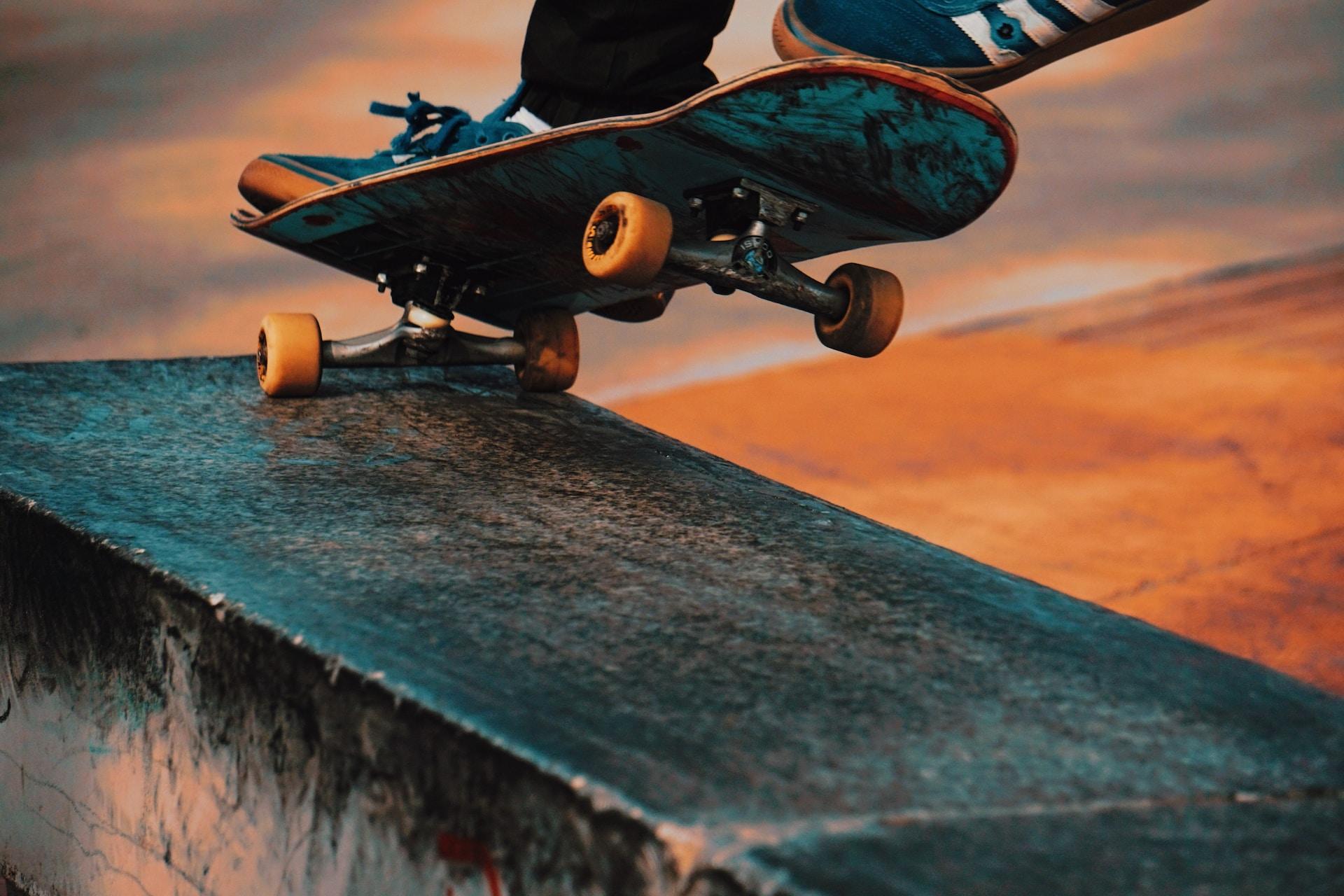Skateboarding is arguably one of the coolest sports out there. It's technically what's known as an "action sport" but you may also have heard of it as an "adventure sport" or "extreme sport".
What this means is that there's an inherent risk to them that provides some of the excitement and enjoyment. With skateboarding, it's the combination of speed, height, and the precariousness of doing this on top of a small board with wheels.
If you're interested in getting started, here's a short history of skateboarding and the steps you'll need to take to get involved.

A Brief History of Skateboarding
When most people imagine skateboarders, they likely imagine young people in skateparks, but skateboarding has been around since the 1940s so the first generation of skaters are now either retired or no longer with us.
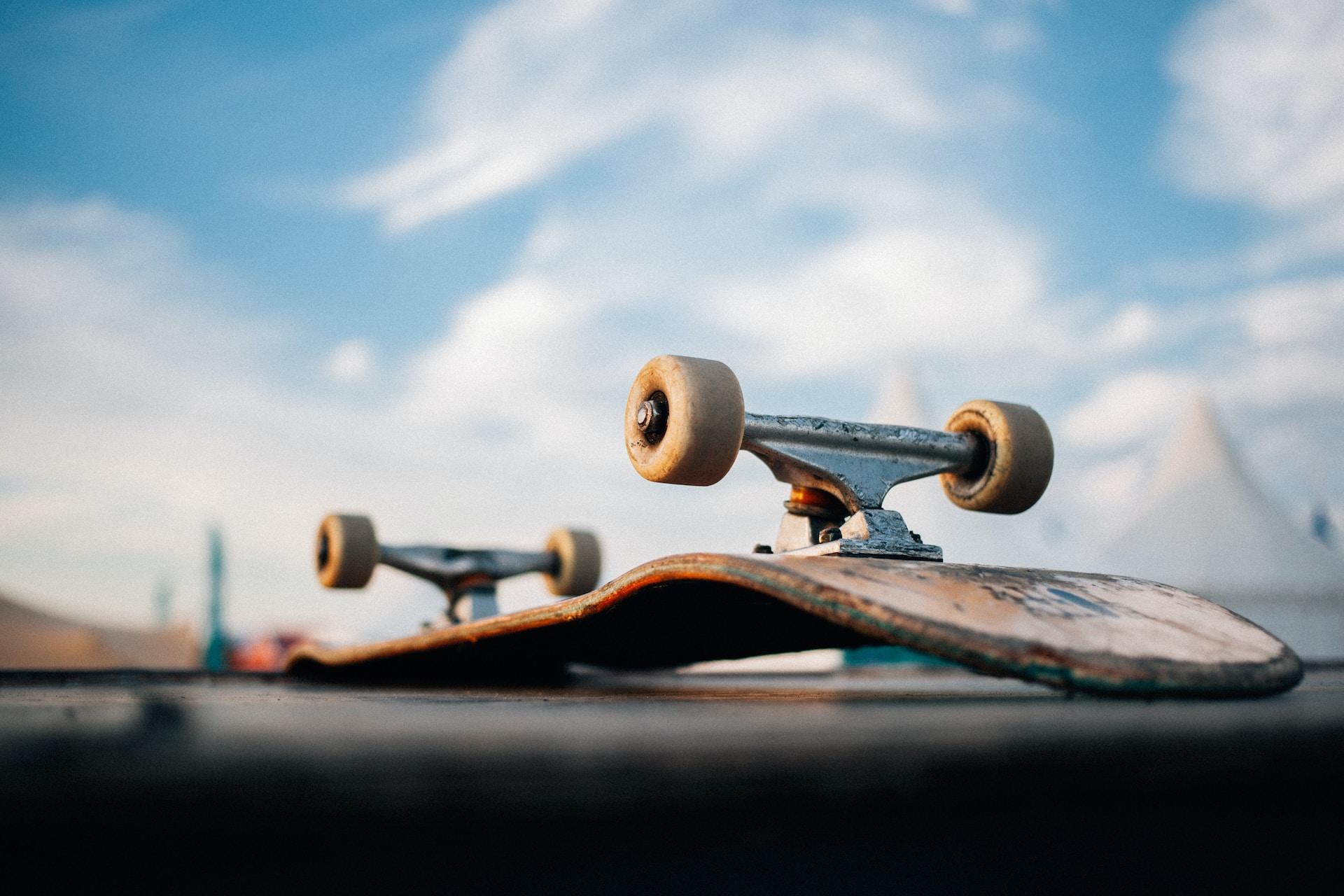
It started when Californian surfers needed something to do when conditions weren't ideal for surfing. The first boards were essentially roller skate wheels attached to square boards and these "street surfers" rode barefoot on these boards, much like they did when they were surfing.
You'll see that longboards are often designed to look like miniature surfboards with wheels, but your typical skateboard evolved to include a kicktail for improved maneuverability and control, which made skateboarding its own thing rather than just a land-based replacement for surfing.
From Street Surfing to Skateboarding
It wasn't until the late 1980s that the popsicle boards with two kicktails came about. Until then, a single kicktail at the back was more common and you can see a fine example of this in the intro to The Simpsons, where Bart Simpson famously leaps out of school riding this older style single-kick skateboard.
These are still used by some, but the double kicktail boards are now the norm as they all allow for a greater range of tricks and can be used in either direction for switching stances and tricks that include spins and rotations.
Skateboarding Goes Mainstream
Skateboarding became even more popular in the 1990s with events like the X Games, an extreme sports competition that included skateboarding, BMX, motocross, and snowboarding. The first X Games were held in 1995. By the late 90s, you could say that skateboarding was fairly established in popular culture with skateboarding TV shows, magazines, and video games.
By the 2000s, skateboarding was hugely popular, and more American kids were skateboarding than playing baseball. Like any activity, skateboarding enjoys peaks and troughs in terms of popularity.
As with anything, this increased popularity is welcomed by some and loathed by others. Some people love to see their hobbies increase in popularity whereas others would argue that corporate money and the formalization of skateboarding actually fundamentally changed what skateboarding and skateboarding culture was all about.
Skateboarding Today
There are suggestions that skateboarding is going through another Golden Age with its inclusion in the Olympic Games whereas others argue that a decline in participation could hardly be called a Golden Age.
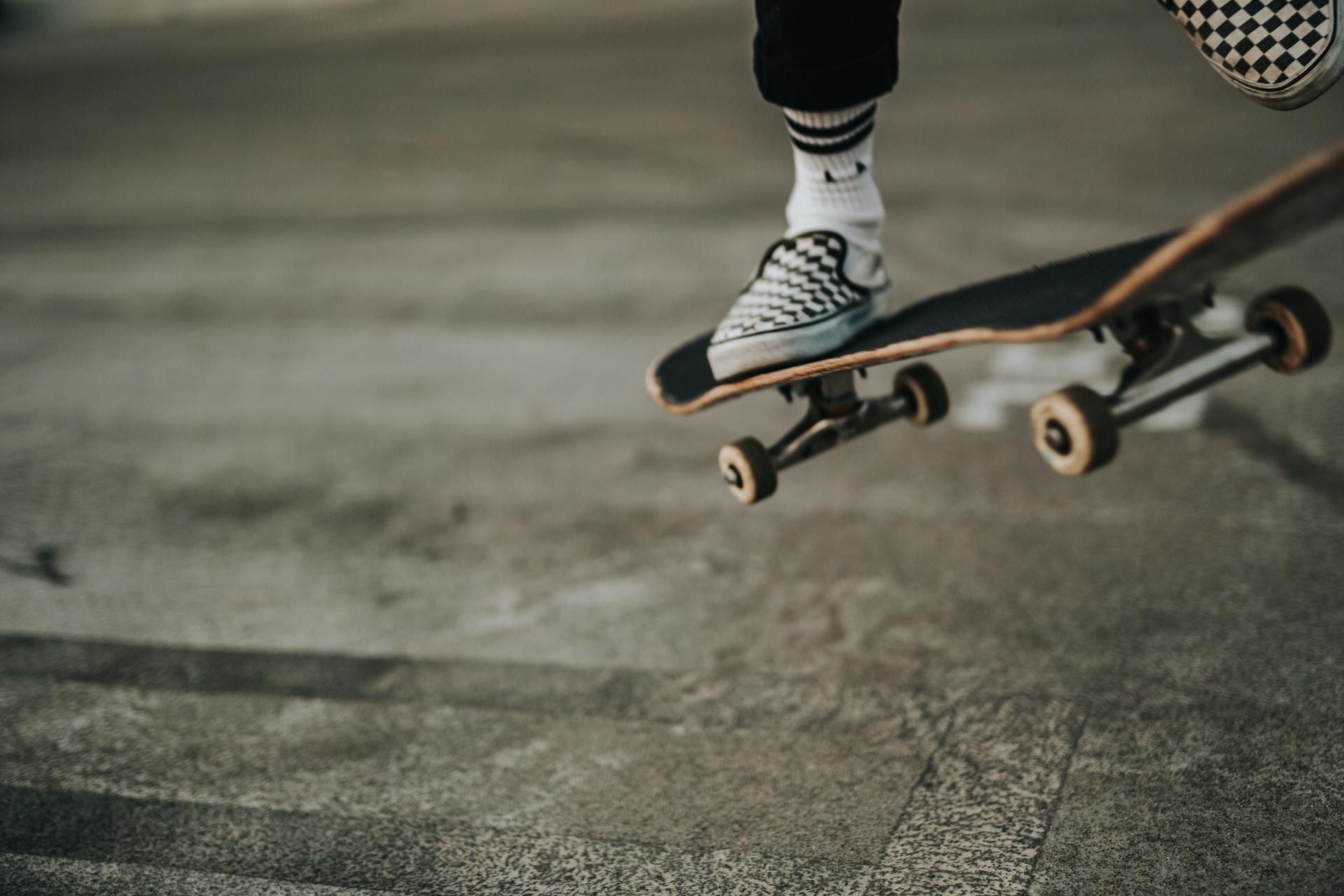
Due to the informal nature of skateboarding, it's hard to tell how many people are actually doing it. It's not like many other sports where players are registered and recorded, especially if they play for their school or college team, for example, and you can only really find information from surveys.
Skateboarding is also under threat from microscooters or kick scooters with would-be skateboarders opting to pick up these scooters instead.
The current state of skateboarding is hard to establish, but it's certainly more popular than it ever was in the 20th century.
Choosing Your Skateboard
If you're certain that scooters aren't for you and you want to take up skateboarding, the most important thing you'll need is a board.
Choosing a board is tricky because there are so many to choose from and as a beginner, it's unlikely that you'll know what you're looking for.
The biggest piece of advice we can give you is to chat with somebody in a skate shop who can talk you through everything. The skateboarding community is incredibly welcoming and you'll find that almost everybody is willing to help. However, to be able to know what you're looking for, you'll need to ask yourself a few questions.
Think about what kind of skateboarding you'll be doing. Different boards have different uses. Are you considering street skating, vert skating, cruising, or longboarding?
Street Skating
Street skating, as the name suggests, takes place in urban areas, cities, streets, and sidewalks. This kind of skating uses urban furniture, rails, benches, curbs, etc. for tricks.
For street skating, you'll be looking for popsicle decks with smaller wheels.
Vert Skating
Vert skating mainly takes place on ramps, halfpipes, quarterpipes, etc. Vert skateboarders do a lot of tricks in the air including grabs and spins.
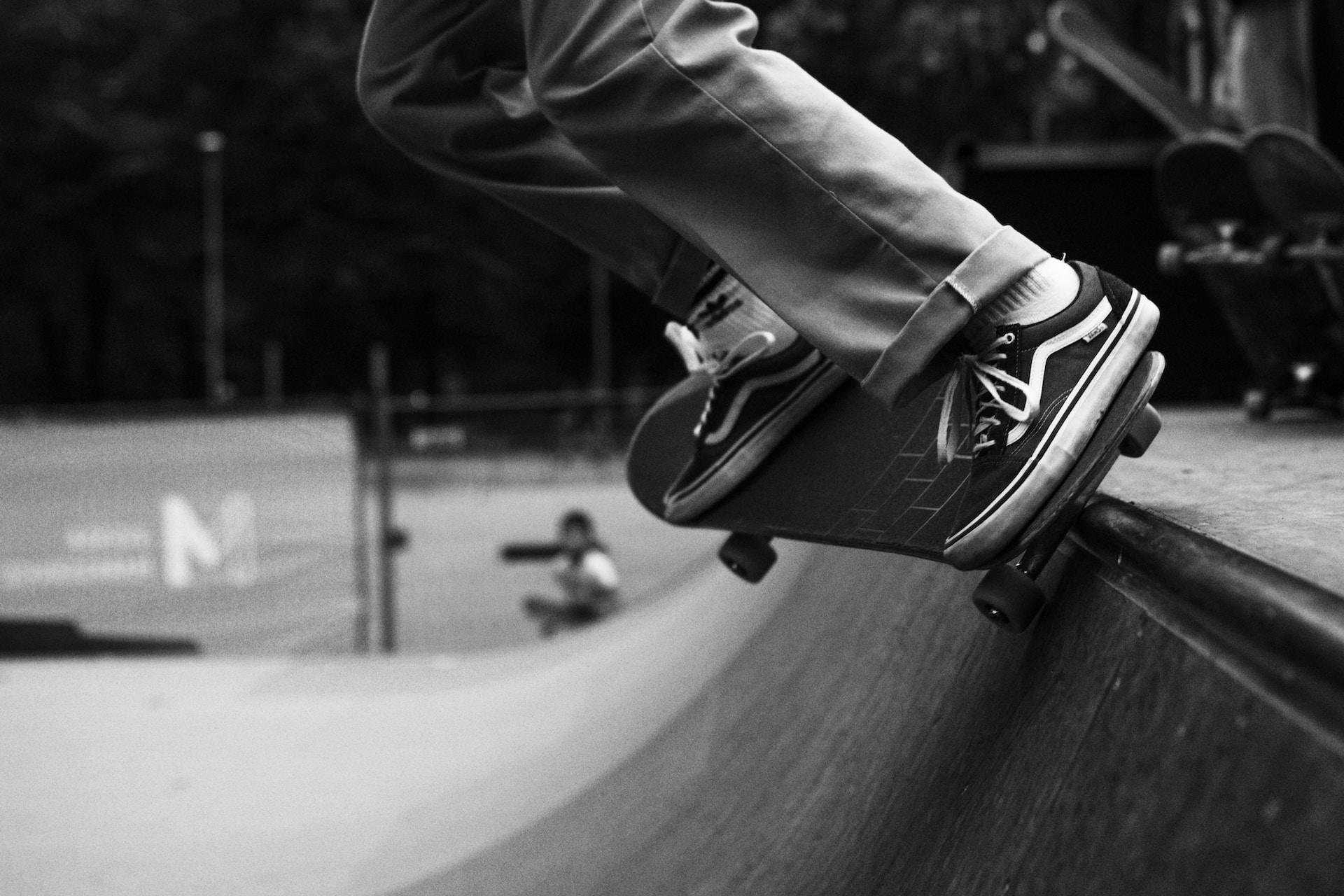
Vert skaters tend to opt for wider decks, larger wheels, and trucks designed for high-speed turns.
Cruising
Cruising is skateboarding for transport more than fun. Cruiser skateboards are generally wider and longer with large wheels and trucks that provide stability.
This kind of skateboarding is about getting around comfortably on a board as opposed to doing tricks.
Longboarding
Longboarding tends to prefer long flats, hills, and downhill roads. With longboarding, the boards are designed for cruising, downhill racing, and sliding.
Longboards are both longer and wider than your typical skateboard with bigger wheels and trucks that provide stability.
Maintenance
Once you have your skateboard, you must keep it in good condition. This doesn't mean that you can't rag it around a skate park and do tricks, but you make sure that it works, paying particular attention to bearing, worn-out parts, and grip tape.

Safety Equipment
Sometimes talking about safety, especially with extreme sports, isn't traditionally considered to be very cool. However, not only will safety equipment enable you to skate for longer, but it'll drastically reduce your risk of serious injuries from even the most innocuous falls and can even help beginners get over a fear of skateboarding.
As a beginner, you will fall and even at low speeds, an awkward fall can result in serious injury. Proper safety equipment will enable you to get back up and keep going.
Helmet
A helmet is the most obvious piece of safety equipment and even a low-speed fall can be fatal if you hit your head the wrong way. As you'll be out in an urban environment or a skate park, you'll often be surrounded by concrete, cement, and metal structures so don't risk banging your head on any of these.
Knee and Elbow Pads
Knee and elbow pads are also highly recommended. You're going to fall a lot and you'll want to protect these important joints, especially when you're learning new tricks.
Gloves
Longboarders and downhill skateboarders can also wear gloves designed to reduce abrasions when falling, especially at high speeds. If you're considering this kind of skateboarding, make sure you get the right gloves.
There are also slide gloves for longboarders for when they do drifts and slides. While you mightn't need these when you first start, it's something to consider buying once you get to this stage.
Shoes
Skate shoes have flat soles to provide better contact with the board and more control, especially when doing tricks. They're also more durable than standard sneakers.
Start Skateboarding
Once you have the equipment and your board, you can get started. To begin, work out your stance. This refers to whether you stand with your left foot forward (regular) or with your right foot forward (goofy). For most skateboarders, you'll work this out fairly quickly as you'll naturally have a dominant leg in the same way you have a dominant hand.
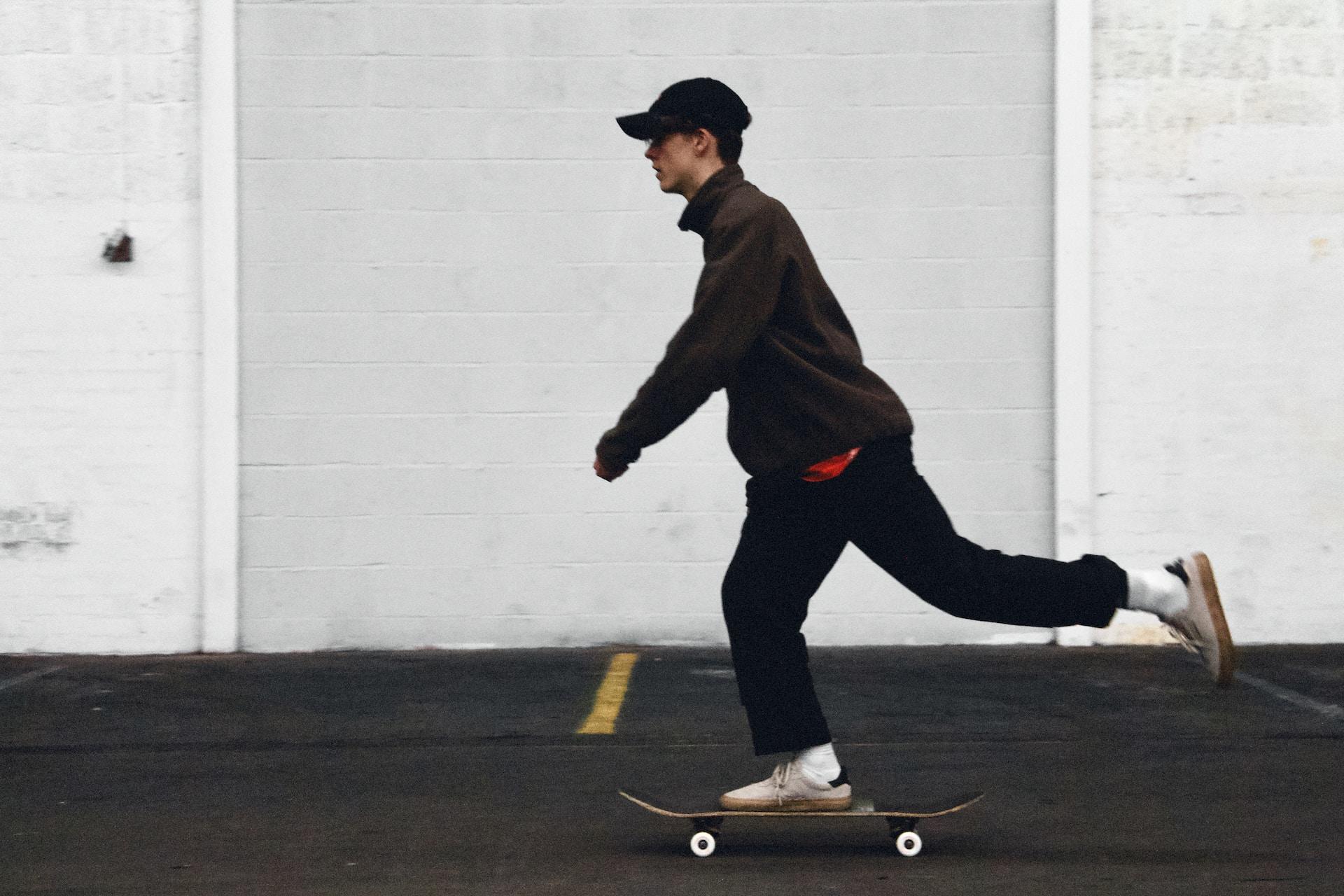
If you're starting skateboarding on your own, start off by practising the basics like pushing off (with your back foot), turning, and balancing on the board. You'll fall a lot and you'll need to get comfortable on the board before you can really start attempting tricks.
The first trick you'll attempt is the ollie, which is how a skateboarder jumps with the board. Once you can do an ollie, you can move onto tricks like a kickflip, heelflip, or pop shove-it, but you needn't worry about these just yet.
On sites like ours, you can also search for private skateboarding lessons from experienced instructors. A lot of the skateboarding tutors on the platform offer the first lesson for free so you can try a few out before choosing which one's right for you.
Find a Place to Skate
You can find skate parks and popular places to skateboard quite easily online. If you're nervous about just showing up, then you may want to look for skateboarding communities online, ask where they hang out, and see if they'd be okay with you joining them while you learn.
As a newcomer, it's always best to learn the proper etiquette from the community and while the word “etiquette” doesn't sound like it should go with skateboarding, there are ways to behave and unwritten rules you should follow.
Fortunately, the skateboarding community is generally very welcoming and helpful and can make sure you know all the rules.
For obvious reasons, we can't recommend skateboarding in places where you shouldn't and while street skating is obviously done in streets, please make sure you check the local laws to find out where you can and can't skateboard.
Fortunately, skate parks often include street skating elements in their designs so you can always learn in an area where skateboarding is permitted.
There are also skateboarding camps where kids and teenagers can learn more about skateboarding from experienced skateboarders. Whether they need to learn the basics or want to have fun while getting better at skateboarding, these are great options, especially during the summer when kids can get bored quite quickly.

